It’s been more than 22 years since a tragic accident sealed the fate of Concorde. The Air France Concorde, registered F-BTSC, was set to operate flight 4590 on July 25th, 2000, packed with excited passengers heading to New York from Paris. But due to a bizarre combination of chance events, the 100 passengers and nine crew members would never make it to the States.
A brief history of Air France’s Concorde fleet
It seems almost unbelievable that Concorde first flew more than 50 years ago, given how futuristic the aircraft was and, to some degree, still is. March 2nd, 1969, saw Concorde lifting off for the first time, as MSN 001 took off from Toulouse, France. The first British Concorde, MSN 002, took flight a month later.
It wasn’t until 1976 that Air France started operating the type, with tail number F-BVFA taking off from Paris to Brazil. Air France would go on to operate seven production Concorde aircraft, registered BVFA – D, BVFF, and BTSC-D. MSN 203, or F-BTSC, was the earliest production model, having first flown in January 1975.
Designed with a swept-back delta wing with no flaps or slats, Concorde was the first and remains the only passenger jet to have turbojet engines with afterburners that allowed it to cruise at Mach 2 (1,350 mph). Concorde was 800 miles per hour faster than any other transatlantic passenger jet, to put it into perspective.
With around 100 seats laid out in a 2-2 configuration and toilets in the middle, there was no class distinction in the seating, yet people, for some reason, always wanted to always sit near the front. It was well known for being loud and uncomfortable to fly on, but traveling with Concorde was not about comfort but speed, ferrying passengers from New York to Europe in an astonishing three and a half hours.
Air France flight 4590
The flight from Paris to New York was a charter service, ferrying 100 German holidaymakers to the States on a dream holiday aboard the MS Deutschland for a luxury cruise around the Caribbean. With everyone safely onboard, the airplane taxied out to the runway and began its takeoff roll at around 14:44 local time.
As the airplane accelerated to takeoff speed, something was clearly wrong. An Air Traffic Controller by the name of Gilles Logelin could see smoke and flames coming from the aircraft, and informed the flight crew. However, Concorde had passed V1 and was committed to takeoff.
The aircraft lifted off, but had little to no thrust from engine 2 and reduced power from engine 1. Fire alarms sounded in the cockpit, and the flight engineer moved to shut down engine 2 and deploy the fire retardant. The alarms subsided, and despite a lower-than-expected airspeed, the pilot in command called for the retraction of the landing gear.
Seconds later, the first officer warned that the landing gear had failed to retract, and noted again the low airspeed. With only three engines, one of which was underperforming, and the additional drag of the deployed landing gear, the crew had little hope of getting Concorde airborne. The fire alarm sounded again, and power to engine 1 was entirely lost.
Less than a minute and a half after commencing its takeoff roll, flight 4590 crashed onto a hotel at “La Patte d’Oie” in Gonesse at the intersection of the N17 and D902 roads. All 100 passengers and nine crew on board perished, along with four people on the ground.
What caused the crash?
Investigations into the tragic incident revealed that a piece of metal had fallen from a departing aircraft that had taken off just minutes before. The aircraft, a DC-10 operated by Continental Airlines, had continued its flight without issue, but the debris it left behind began a chain of events that ultimately led to this disaster.
The initial reaction was that an engine fire was to blame, but images of the takeoff clearly showed that there was a fire not in an engine, but coming from the fuel tank in the wing. Subsequently, it was noted that one of Concorde’s tires had exploded during the takeoff. Inspection of the runway uncovered a piece of titanium around 1.4 mm thick, thinner than a penny, which matched the abrasions in the exploded tire.
The innocuous piece of metal had shredded the tire, causing a lump of rubber weighing around 4.5 kg (almost 10 lbs.) to hurtle from the wheel like a missile. Traveling at high velocity, it slammed into the underside of the wing near the fuel tank, sending up a shockwave strong enough that the fuel tank burst.
What caused the fuel to ignite is unknown – it could have been the heat from the engines or a spark from the damaged landing gear. Whatever it was, within seconds, the high-octane fuel was alight, causing a fire that melted through the wing as the pilots grappled to stay in control.
Love aviation history? Discover more of our stories here
Crew errors involved
Although the debris was ultimately at the root of this disaster, other factors contributed to the fatal outcome. Waiting at the other end of the runway was a Boeing 747 carrying French President Jacques Chirac. Had the crew of Concorde aborted the landing, there was a chance the plane could have been on a collision course with the President’s aircraft. This factor may or may not have influenced the decision of Captain Christian Marty to continue with takeoff despite the known problems.
Adding to the issues was the fact that Concorde was loaded more heavily than was normal. The German holidaymakers had brought a lot of baggage with them, which meant the airplane was flying with more fuel on board than usual. The report into the crash stated that the aircraft was slightly overloaded, although this was not considered to be a major factor in the accident.
What was a contributing mistake, however, was the decision of the flight engineer to shut down engine number 2. With the fire warnings going off, he assumed that there was an engine fire and shut it down. If the crew had followed normal procedure for the fire warning, the engine might have continued to function and given them more time to secure an emergency landing.
With engine 2 shut down and engine 1 beginning to fail, all the thrust was coming from one side. This caused Concorde to roll in the air, crashing into the hotel at an almost 90-degree angle. Four people in the hotel died immediately, but they weren’t the only victims.
Surviving the hotel fire
Recalling that fateful day, the boss of the hotel, Michèle Fricheteau, was preparing to welcome arriving guests when she heard a loud noise. When interviewed by Australia's 9News, the 66-year-old retiree said,
"I heard a very, very loud noise...I said to [my assistant] Frank, 'oh la là, that's a lot of noise from the Concorde today' – but I hadn't even finished my sentence when there was an explosion in the hotel, a terrible explosion."
Ms. Fricheteau had sent many of the 44-room hotel staff home early and was waiting for a bus carrying young musicians that had been delayed on the road.
"Our luck was unheard of …Forty minutes later, everyone would have died."
Ms. Fricheteau credits the hotel's flimsy wooden counter reception counter and her "very short" height for saving her life. The counter protected her from the worst of the blast, but her face, arms, and hair were severely burned. While trying to escape, she remembers telling her assistant Frank to climb out of a window adding,
"It was impossible to get out, impossible. Little Frank said to me, 'listen, you won't get through, it's not possible,' so, I went out through the window as well.
"There were pieces of plane all over the ground, and I still did not think of the Concorde – I did not register. I had not made the connection between the accident and the noise of the Concorde."
In the months following the tragedy, Ms. Fricheteau, her husband, and their children sought out a new life in the South Pacific, moving to the French territory of New Caledonia. Despite being thousands of miles away from where the crash occurred, they have kept in touch with the families of the four hotel employees killed.
The beginning of the end
For 27 years, Concorde had crossed the oceans safely with no fatalities until that fateful day. There had been some issues with rudder losses, and British Airways had grounded a plane due to cracks in the wings, but nobody had been hurt in any of these incidents. As a result of the crash, all Concorde models were grounded, pending re-engineering on tires, landing gear and fuel tanks.
The fleet returned to service in 2001, but consumer confidence was shaken. Enthusiasm for travel further diminished in the wake of the September 11th attacks. In 2003, Concorde was retired from service, ending what many people thought was just the start of supersonic travel.
It would be the year after Concorde’s worldwide retirement before it was concluded that the strip of metal had caused the accident. Continental Airlines was charged with being criminally responsible for the accident, and the mechanic who was accused of poorly fitting the strip, John Taylor, was also charged with manslaughter.
Both Continental and Taylor were found guilty in court in 2010, but later overturned the charges on appeal. Nevertheless, the airline was ordered to pay 70% of the €100 million compensation amount that was given to the families of the deceased.
Did you ever fly on Concorde? If so, we would love to read all about it in the comments.

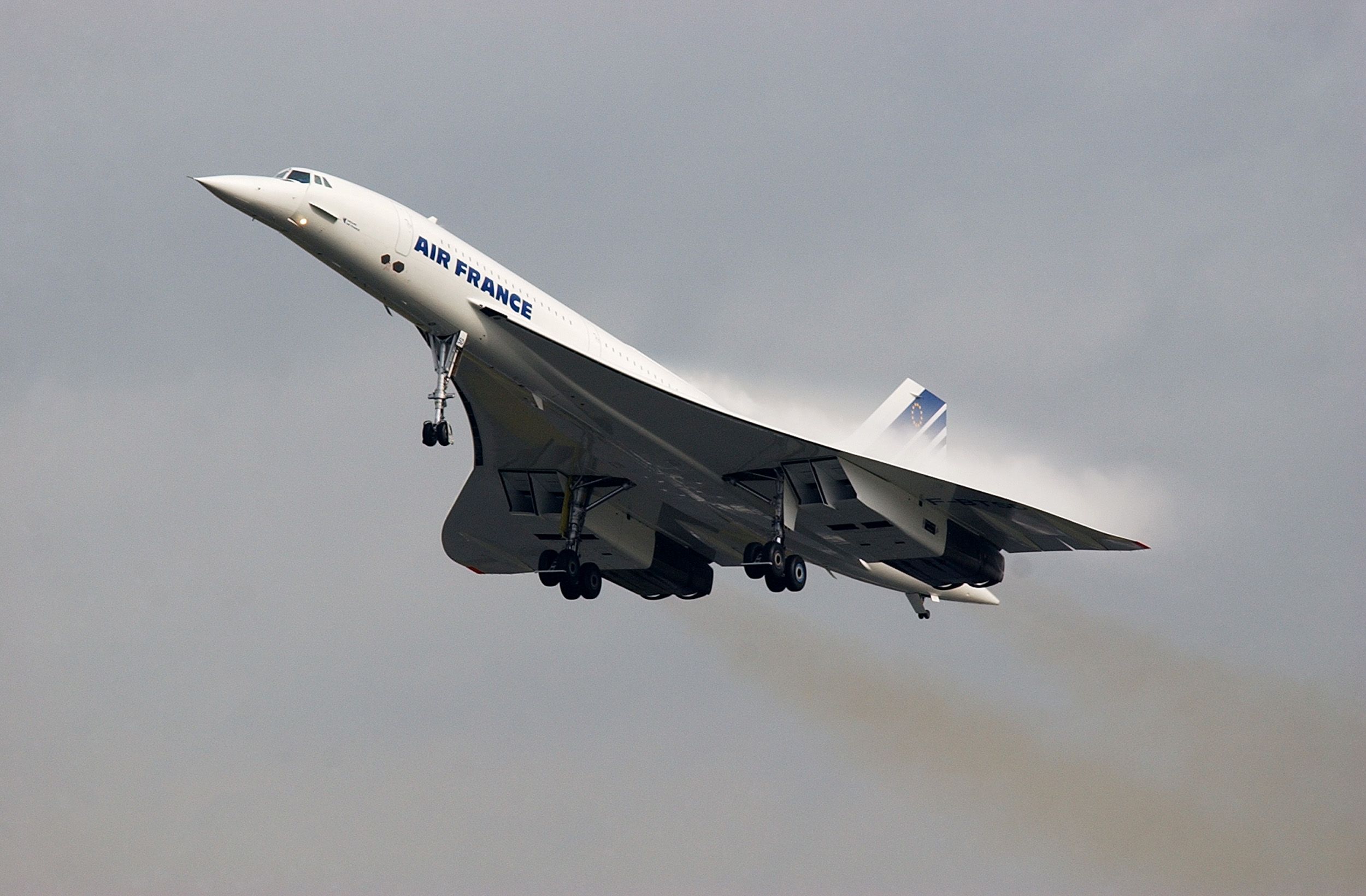
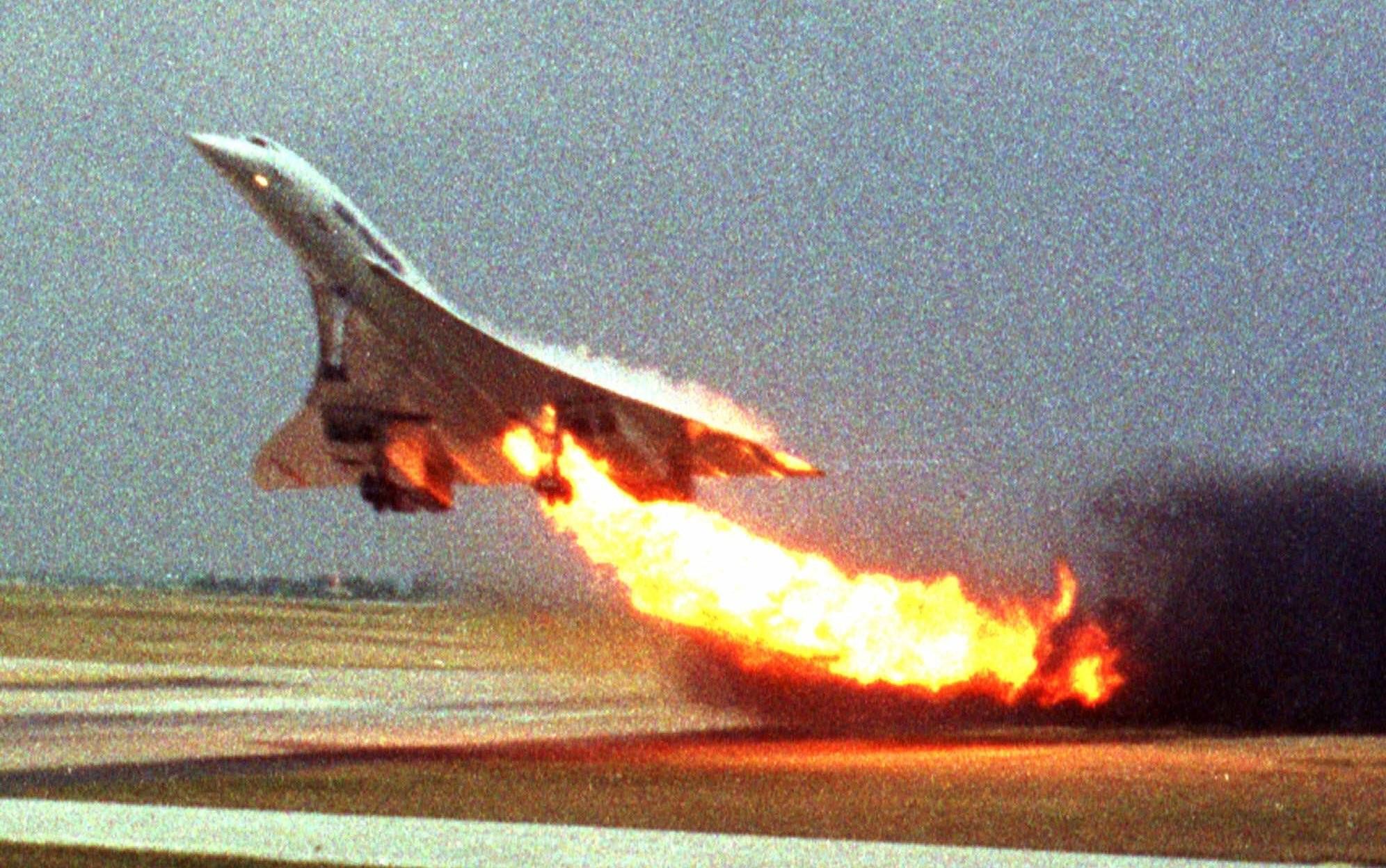
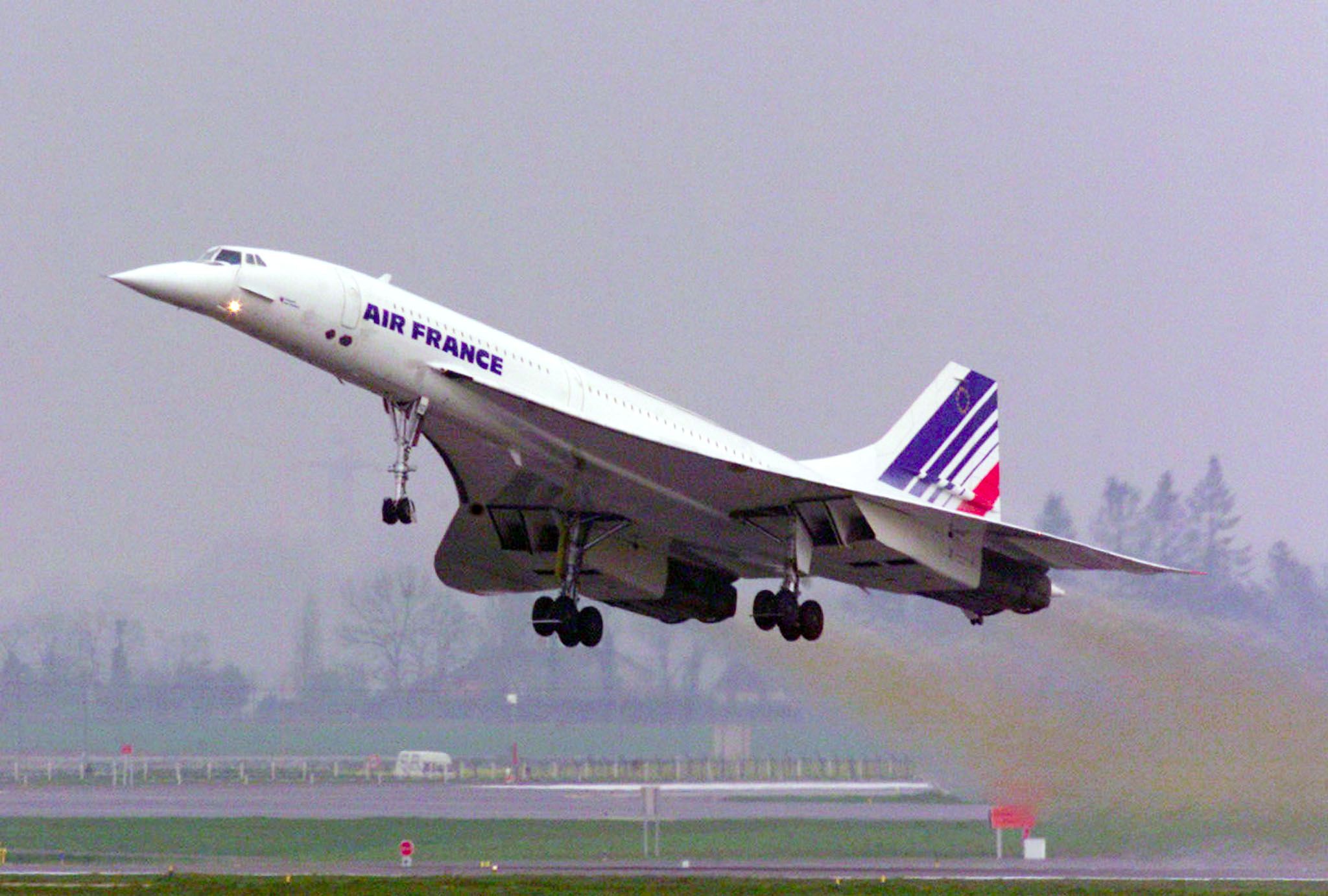
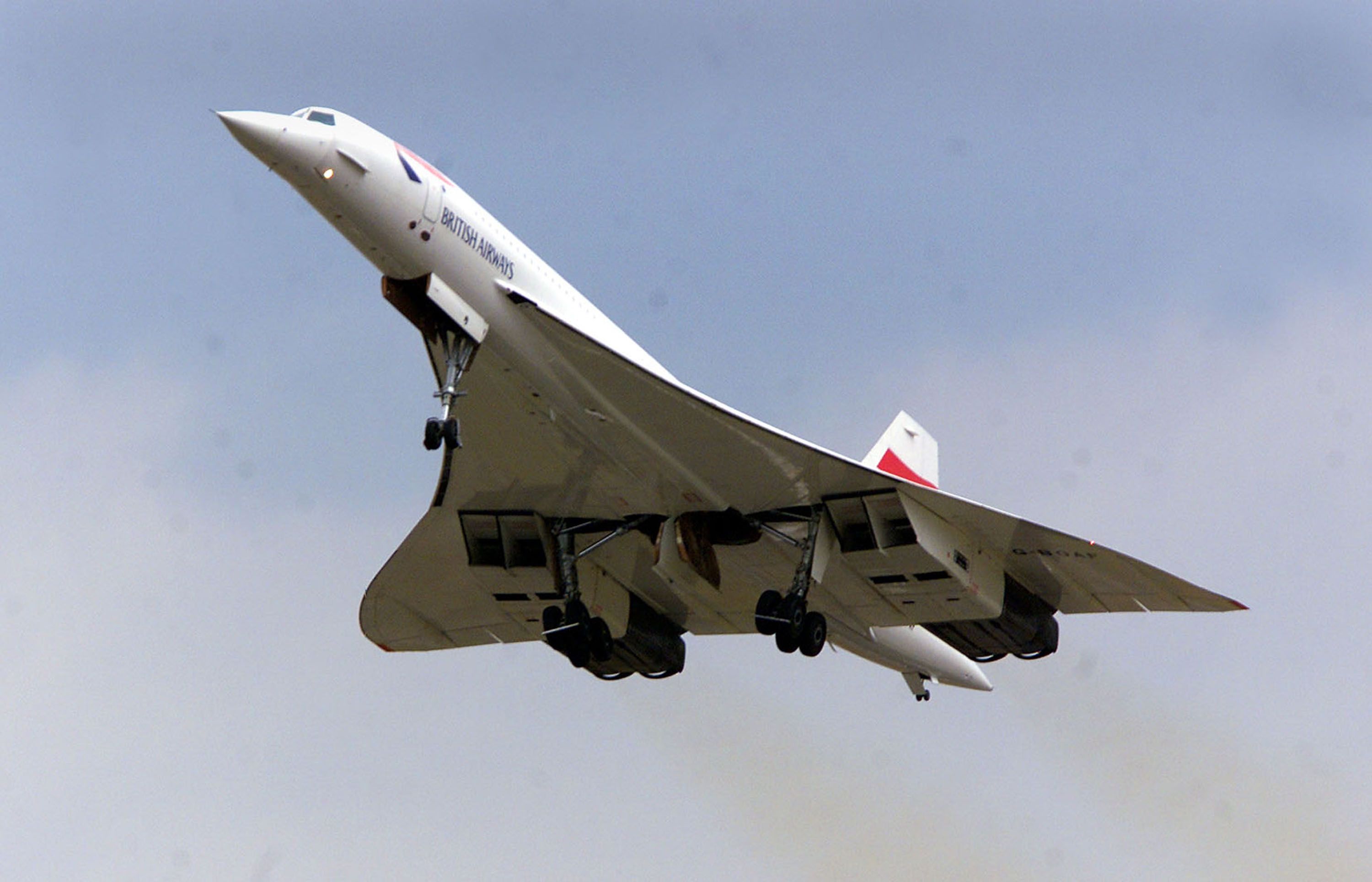
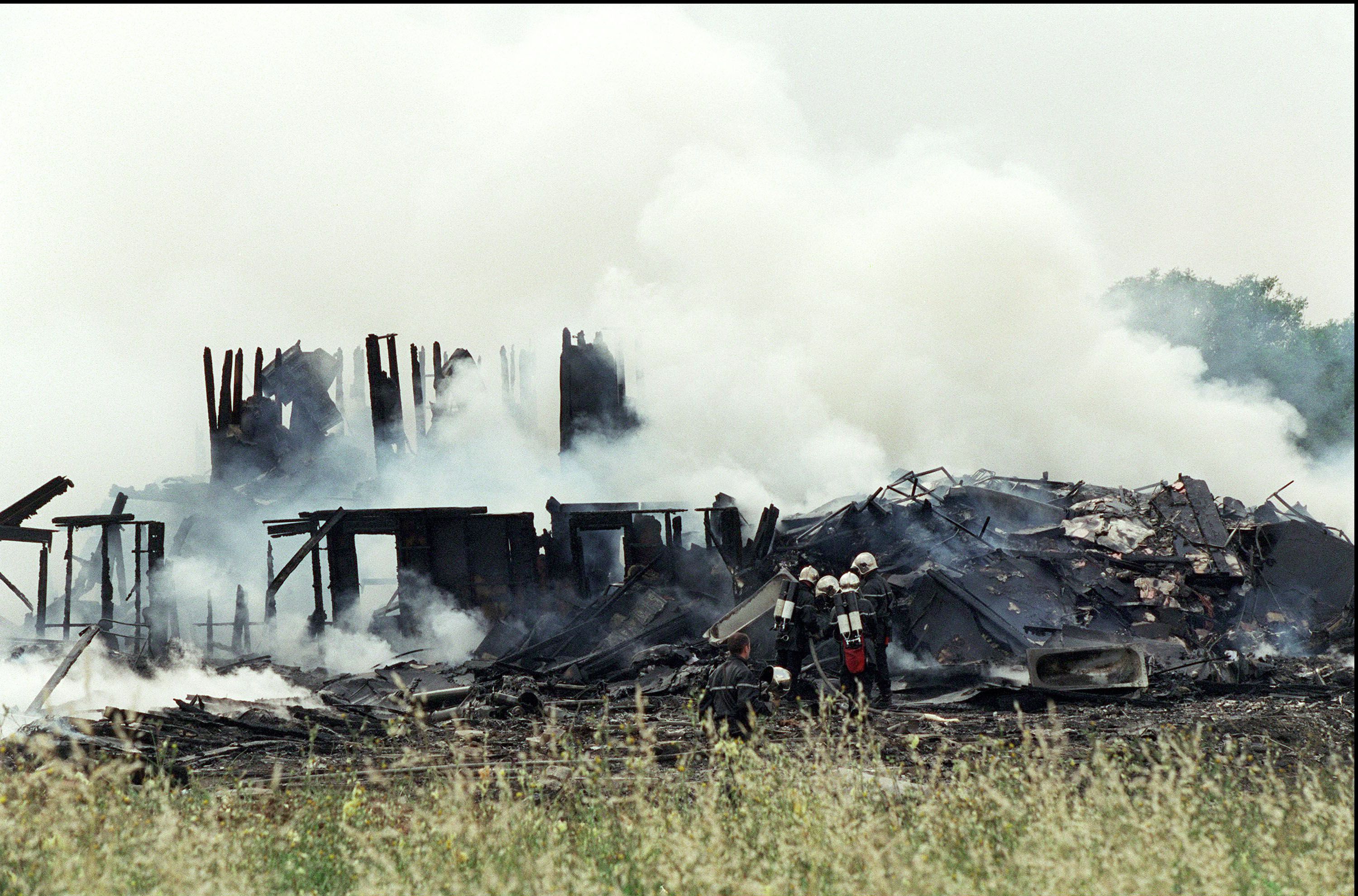
.jpg)